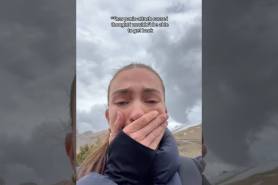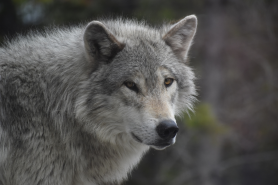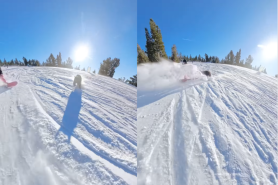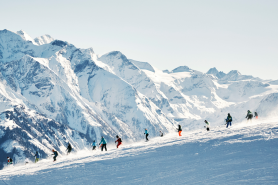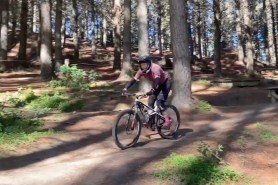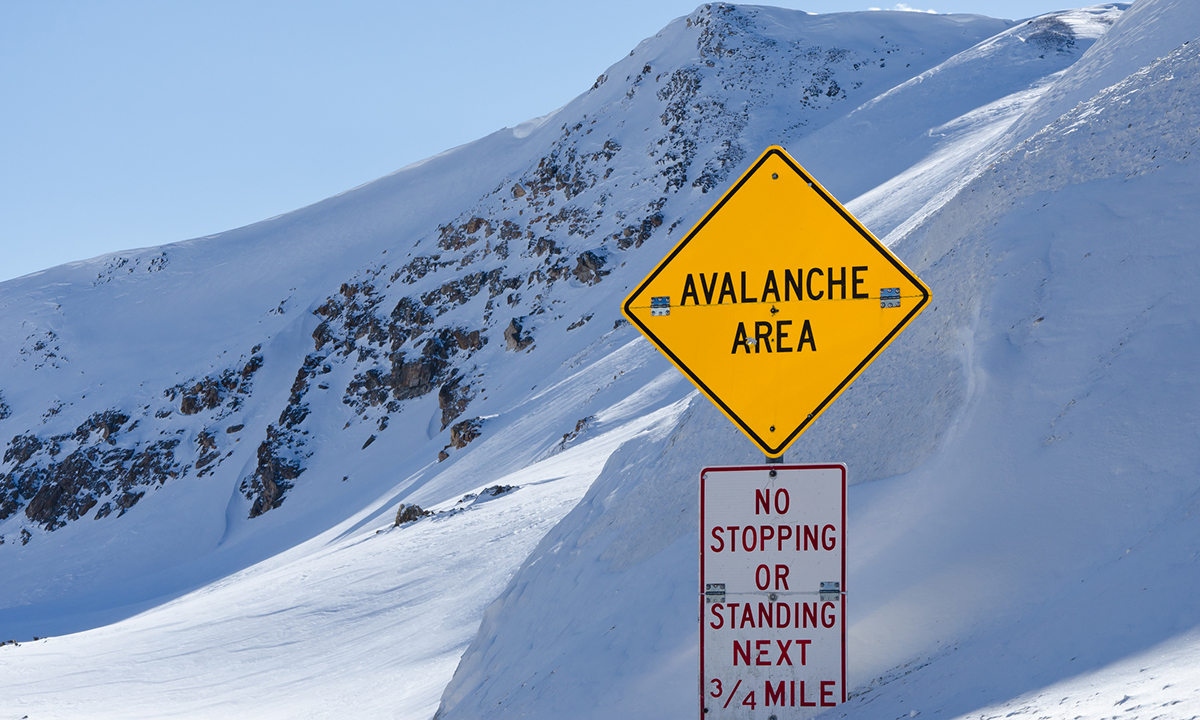

Exploring the backcountry in winter is an amazing experience. However, it is important to educate and prepare yourself for the inherent danger of avalanches that come with this style of travel. The best way to prepare and minimize risk is to invest in avalanche safety courses. These courses are invaluable because they not only teach you how to identify low-risk terrain, but they also provide hands-on practice with emergency rescue scenarios.
Videos by Outdoors
According to the Colorado Avalanche Information Center (CAIC), there were 232 avalanche-related fatalities between the winters of 2012/13 and 2021/22. Of these 232 fatalities, the top three associated activities were backcountry touring (80), snowmobiling (74), riding sidecountry (21), and climbing (17).
The CAIC statistics are a good example of why these classes are so important for backcountry travelers. Here is a rundown of what to expect when pursuing avalanche education, including how to find courses and their relative costs.
Avalanche Safety Courses 101
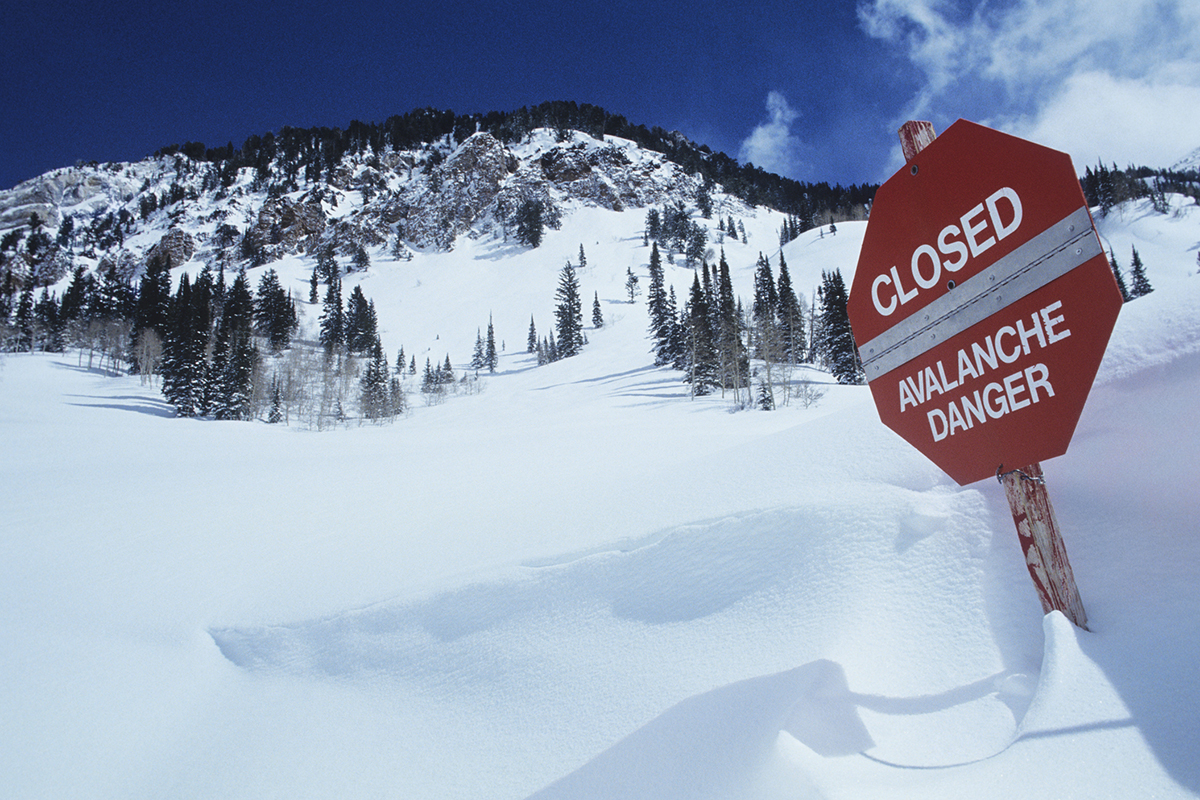
Recreational and professional-level courses are offered, so no matter your expertise, there is something for you. Both tracks start with the same three courses (listed below), and professionals in this field continue onto the advanced track. In this article, I’ve only included the recreational-level courses.
The following four classes are offered for recreationists: Awareness, Level 1, Companion or Avalanche Rescue, and Level 2.
Awareness
The Awareness course gives students an introduction to avalanche safety, leaving them with the ability to recognize and avoid avalanche terrain. An Awareness course will likely be within a classroom setting and will only take a couple of hours. Generally, the Awareness courses are offered free of charge. While this is not a requirement to move on to subsequent levels of education, it is a good idea to take one if you have no prior avalanche knowledge.
Level 1
Level 1 is a certification course and a prerequisite to Level 2. This is a 24-hour course, broken up across a few days. While a portion of it may be conducted within a classroom setting, Level 1 gets you experience in the field to present you with “concepts of avalanche hazard assessment, decision-making, and rescue.” The takeaways from this course are a basic understanding of tools, understanding how to maneuver in avalanche territory, and how to gauge the lowest-risk times to enter the backcountry.
Companion or Avalanche Rescue
Companion or Avalanche Rescue can be taken before or after Level 1; however, you will likely get more out of it if you have already taken your Level 1 course. The Rescue course is an eight-hour class, and it is a prerequisite to Level 2. It provides hands-on experience with different rescue scenarios, and students gain experience with equipment, including beacons, probes, and shovels.
Level 2
The Level 2 course is great for recreationists who would like to visit more advanced and technical terrain. This course is recommended for those who have completed Level 1 and a rescue course, as well as accumulated at least a year of backcountry experience. This course is multiple days long and students gain a deeper knowledge of avalanche safety, allowing them to take the lead in more consequential terrain.
How Much Do Avalanche Safety Courses Cost?
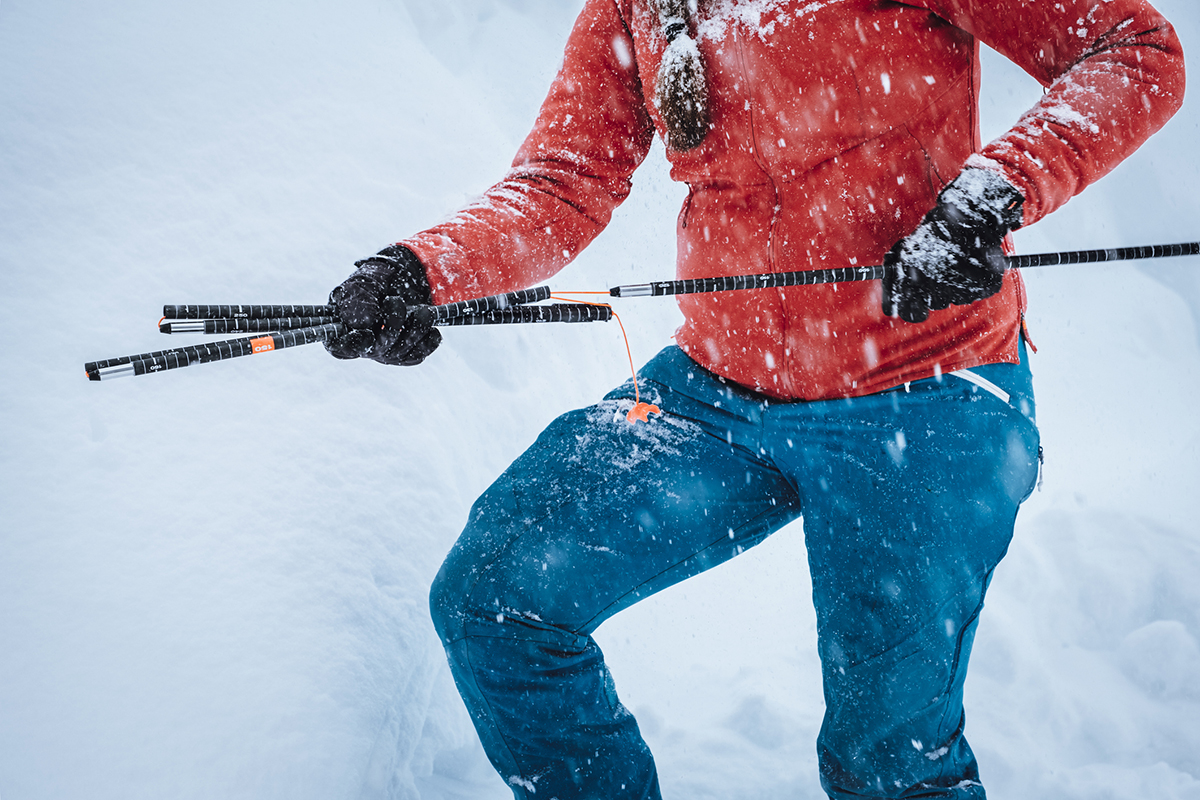
Avalanche safety courses are expensive. A Level 1 course is typically around $525-$575, a Companion/Avalanche Rescue course averages $200-$250, and a Level 2 course can cost well over $750. Most programs include equipment, such as beacons, for you to use during the course.
Scholarships at various institutions exist to help people attend these courses. The American Institute for Avalanche Research and Education (AIARE) offers six scholarships for both amateur and professional courses. Companies that offer scholarships to underserved groups include Blackbird Mountain Guides, Climbers of Color, SheJumps, and Backcountry Babes.
How to Find a Credible Course
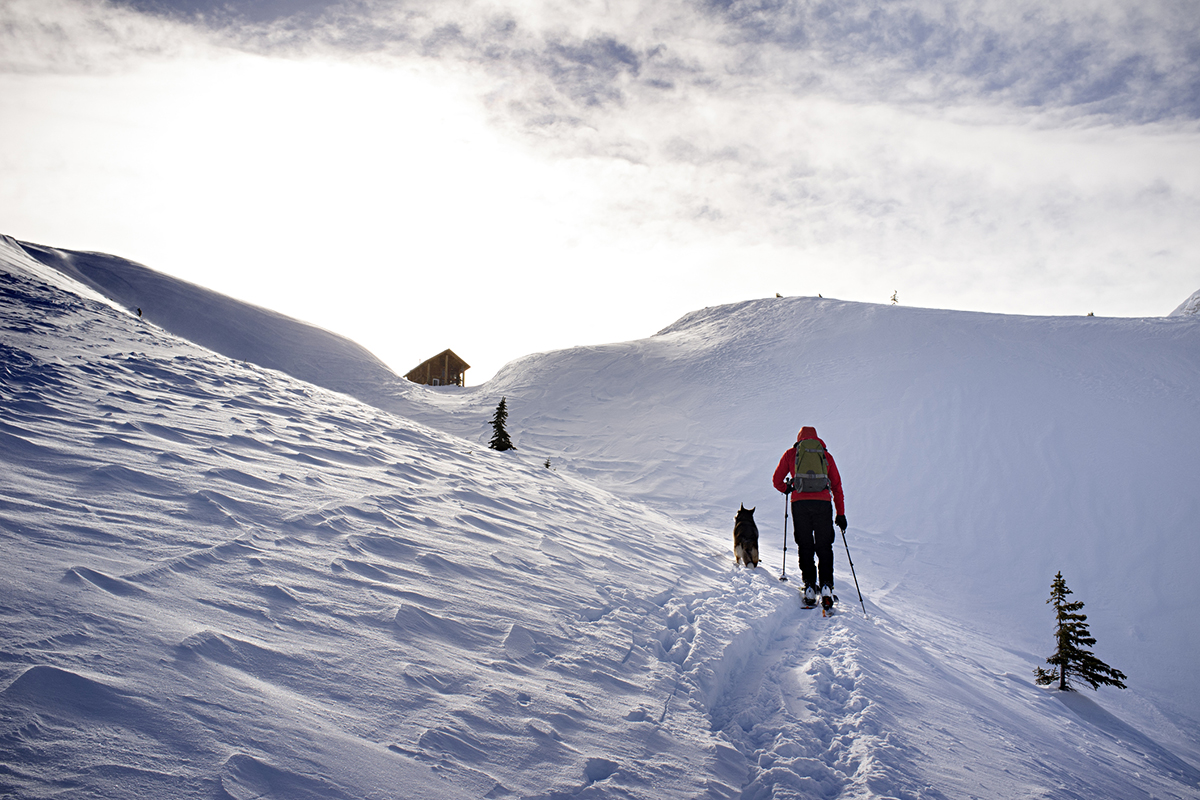
According to AIARE, “if a provider can’t tell you what the outcomes of the course will be, keep looking.” Courses offering information without practical application are not worth the money. Students should finish these courses with the ability to make real-time decisions. Be cautious of programs that are 100% online, since they do not include the crucial practical component.
Make sure that courses and certifying programs follow the American Avalanche Association (A3) standards and guidelines. A3 does not provide a curriculum for educational programs, so there will be slight differences between courses based on the organization. However, outside of A3 standards, there is no universal requirement for avalanche safety courses in the United States.
A3 provides a list of credible programs to choose from. One of the most prevalent and recognized programs in the U.S. is AIARE, which does adhere (or exceed) A3 standards. Course providers that follow the AIARE curriculum can be found in almost every mountainous state.


